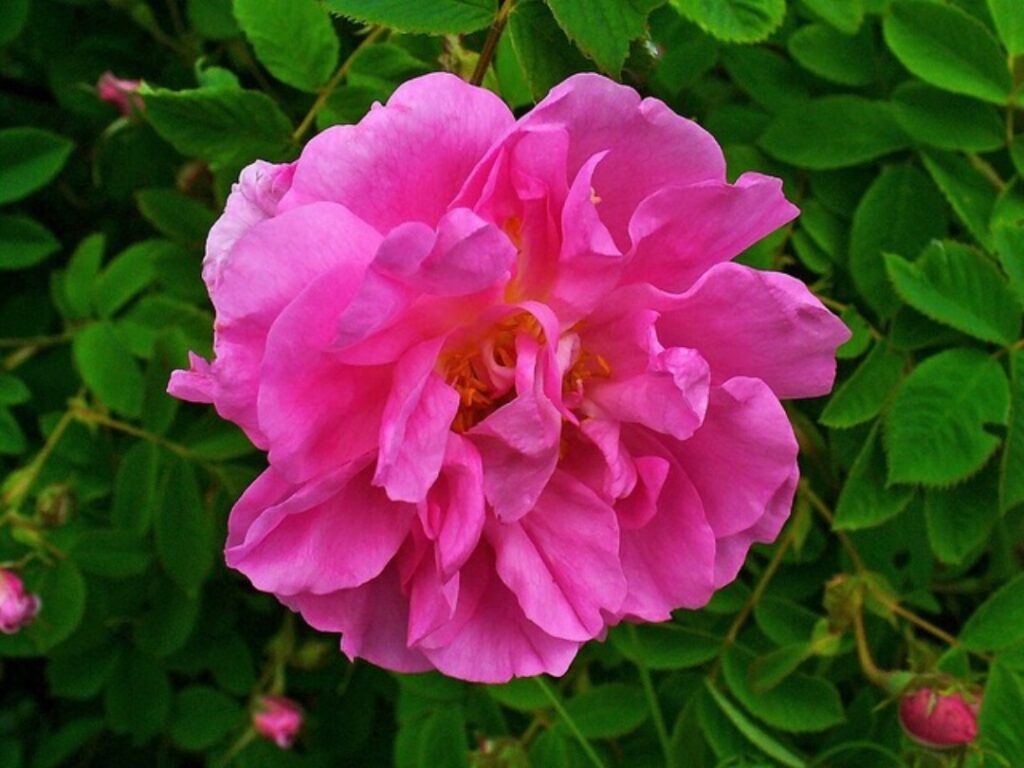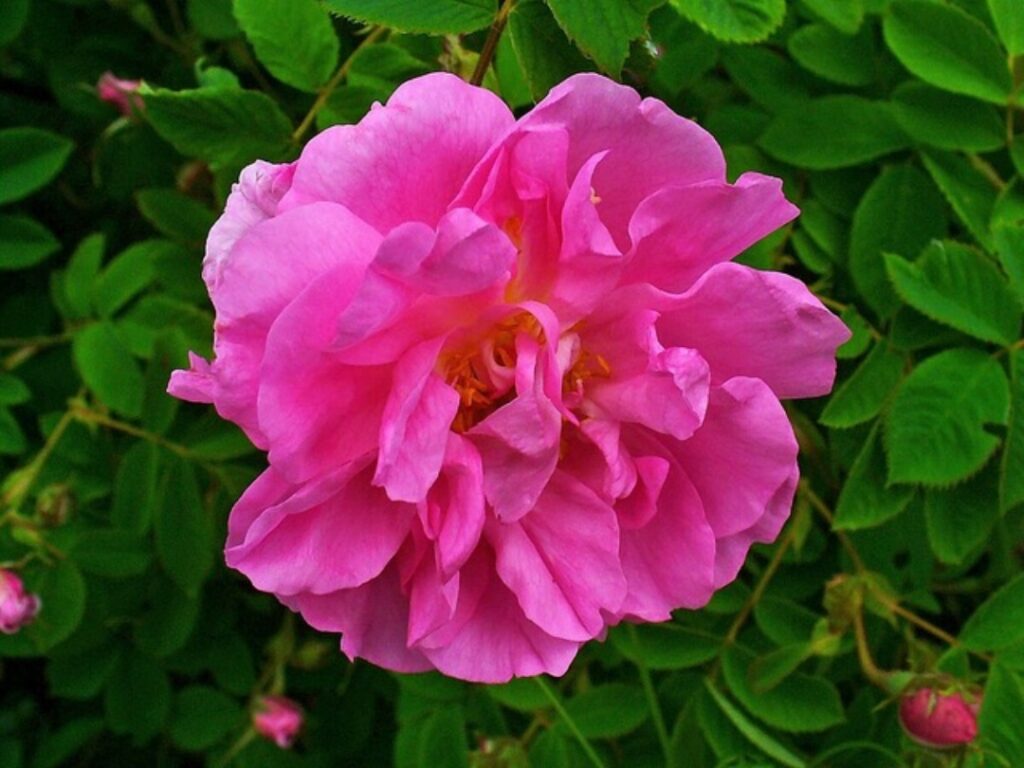
Iran
Rose
Rosa

General Description / Cultural Significance
The ancient people of the Persian Empire, present-day Iran, had richly scented traditions featuring many aromatics, including attar of rose (rose oil). The red rose is the national flower of Iran and the rose’s ancient centrality to Persian poetry, literature, and visual art continues today. The damask rose represents divine beauty and is a symbol of the Prophet called the Mohammad Rose in Iran. To benefit from the smell of the rose is to benefit from the Prophet Muhammad himself.
Rose water, made from the damask rose is not only valuable traditional medicine but also used in all types of food and in religious and social ceremonies. Based on fossil records, roses have been around for over 35 million years Iran’s representatives said, “Since the 4th century before Christ there have been written instructions as to how to care for them. Iran has most certainly prized the scent of roses since ancient times and today, their cultivation and distillation is an industry in the country.” The roses are grown around the Kashan region where important cultural ceremonies take place every year. The most highly anticipated is the rose harvest. In Persian, it is called the “Goal-chinee” ceremony which means “the extraction of rosewater” and it dates back to ancient times, however, remains integral to Iran’s history and heritage. The process of distilling the rose petals results in rosewater still used for food flavoring, perfume, skincare, and religious rituals.
The biggest ritual is during Hajj (the annual Muslim pilgrimage to Mecca, in Saudi Arabia) when the holy Great Mosque, the Kabeh, (God’s house), is washed clean with pure Iranian rosewater in a special ceremony. People can smell roses miles away, and at the Hajj, people can be seen pouring their precious rosewater into their cupped hands to wash their faces.
Iranians also use rosewater to wash the graves of family and friends who have passed away. Rosewater is a part of everyday life in other ways, including cuisine as flavoring in some Iranian appetizers and in cakes and candies.”
Climate Change / Conservation Status
In Iran, the effects of climate change are everywhere. Lake Urmia, situated in southwest Iran was once the sixth-largest saline lake in the world. Since 1970 it has lost more than 90 percent of its water. The large flocks of migratory birds, such as the flamingos and pelicans that came every year to eat the brine shrimp, no longer arrive.7
Water scarcity in the arid country is the biggest factor for the hundreds of rose growers in the country. Water dictates how much they can grow.
Iran is one of the biggest greenhouse gas emitters in the region.
Alternate Names
Mohammad Rose
Iranian Rose
Rosa Damascene
Arab Rose
Sources
Information Office, Permanent Mission of the Republic of Iran to the United Nations.
Baser, K. H., & Arslan, N. “Oil Rose (Rosa damascena),” Medicinal and Aromatic Plants of the World Medicinal and Aromatic Plants of the Middle-East (2014), 281-304.

